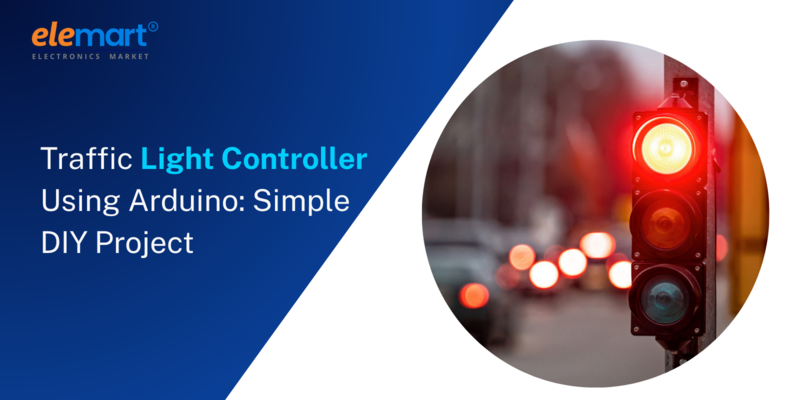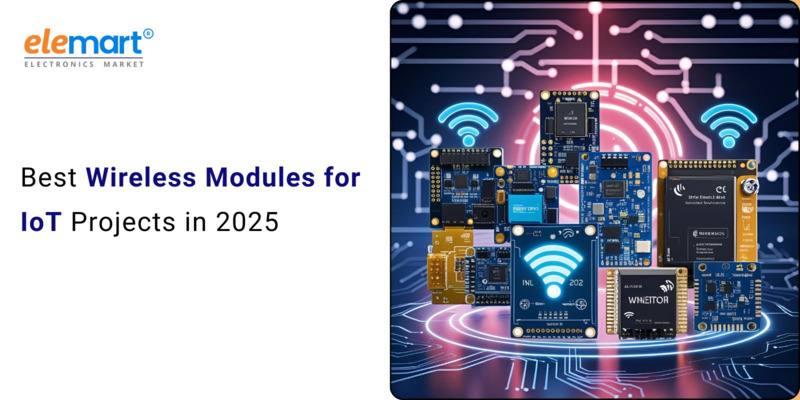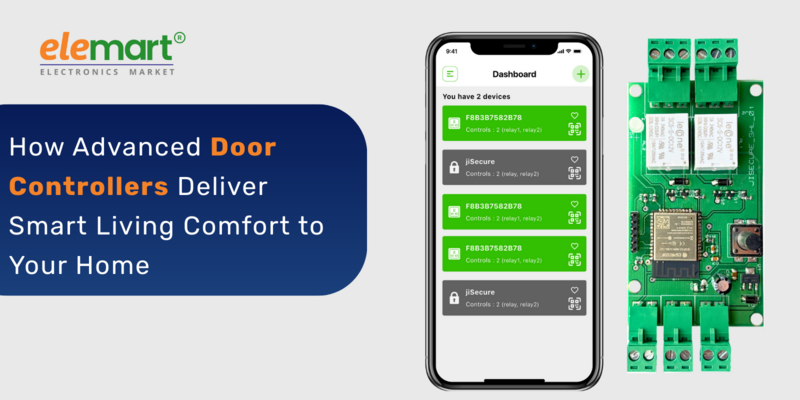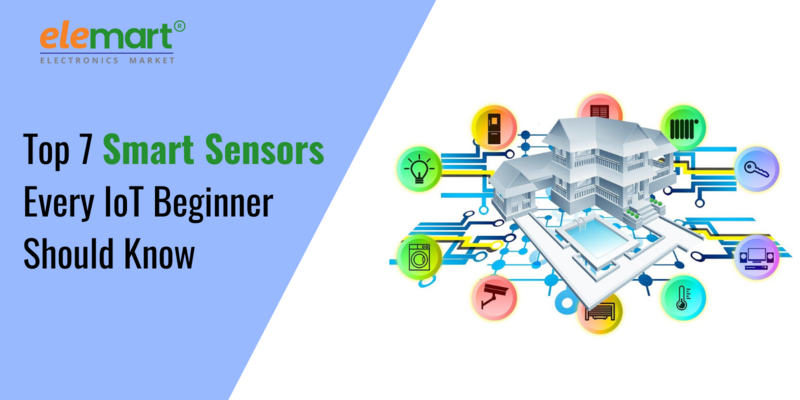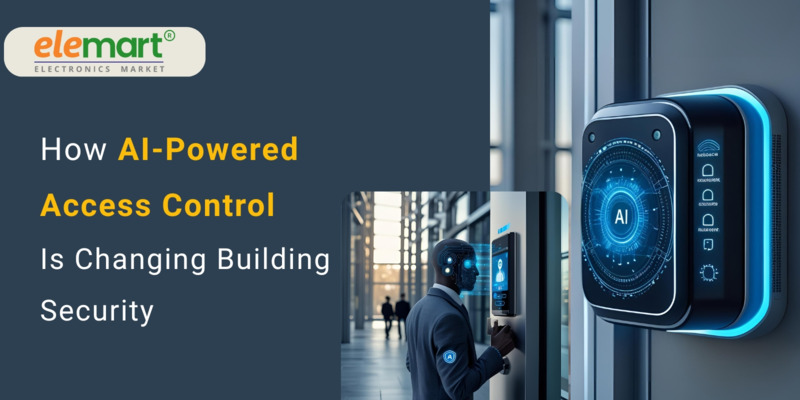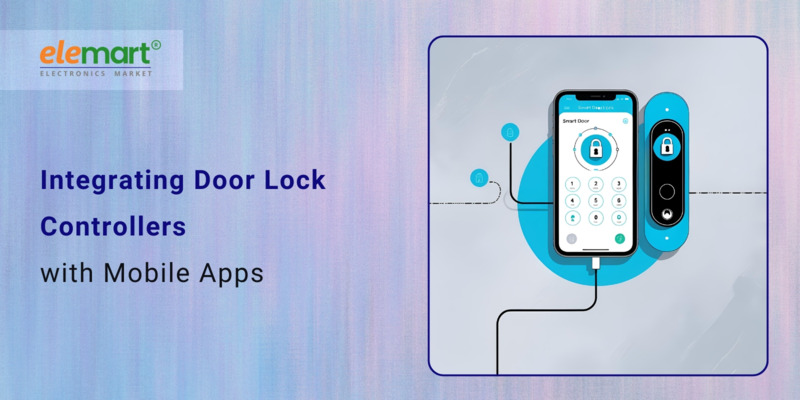- Jun 30, 2025
Share this post on:
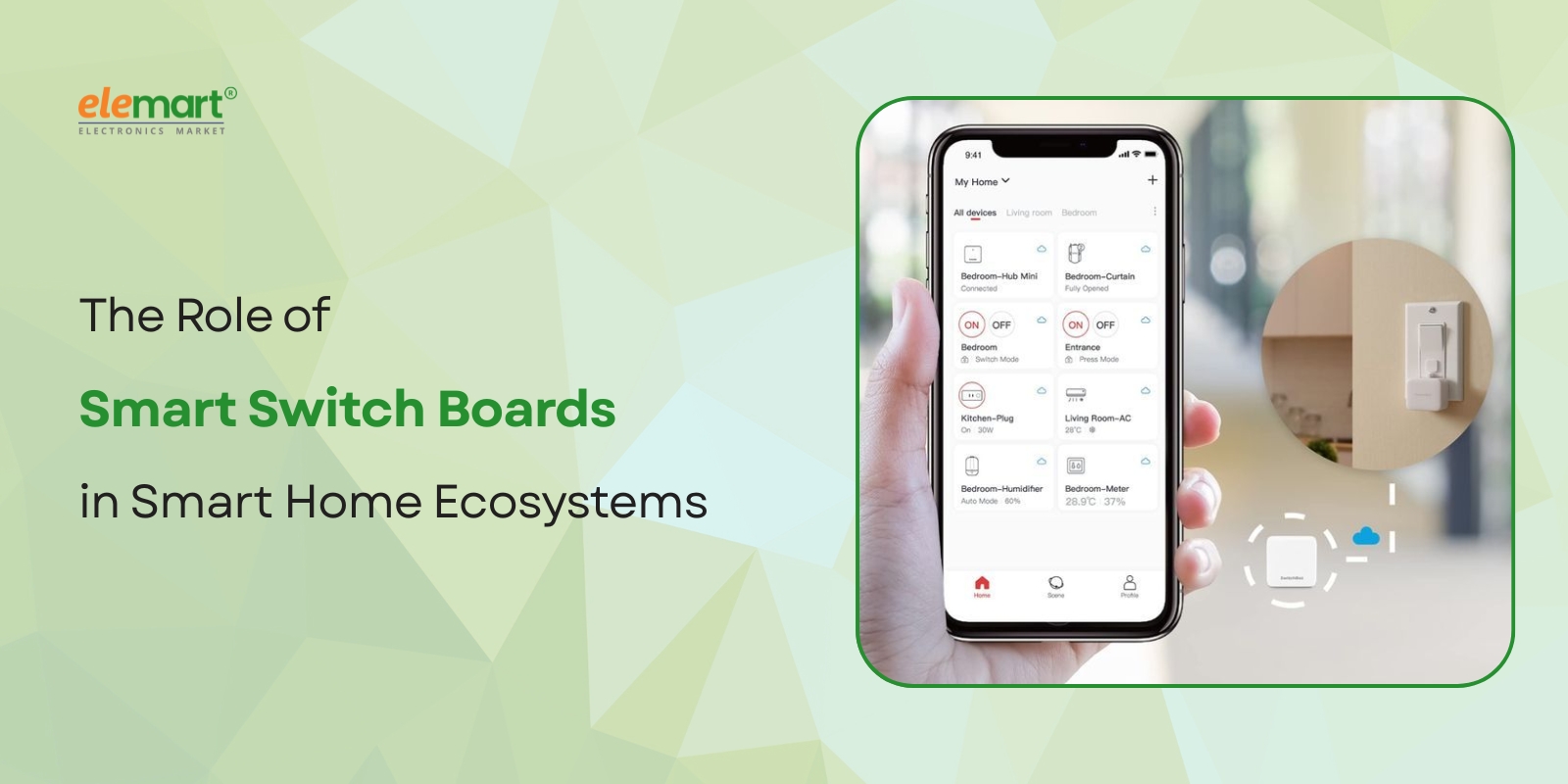
The smart home revolution is here, and it's expanding beyond voice assistants and smart lighting. While those flashy gadgets grab headlines, a vital, often overlooked component is quietly orchestrating the entire system: the smart switchboard. More than just a replacement for your traditional fuse box, a smart switchboard acts as the central nervous system, connecting and managing your electrical infrastructure within a seamlessly integrated smart home ecosystem. This blog post delves into the role of smart switchboards, exploring their functionality, benefits, challenges, and the future they hold.
What is a Smart Switchboard? Beyond the Traditional Fuse Box
Traditionally, a switchboard (or consumer unit in the UK) is a panel that distributes electricity throughout your home, protecting it from overloads and short circuits. A smart switchboard builds upon this functionality, adding a layer of connectivity and intelligence. Here's a breakdown:
- Traditional Functionality Remains: Smart switchboards still provide essential safety features like RCD (Residual Current Device) protection, circuit breakers, and surge protection. They are designed to meet or exceed all existing electrical safety standards.
- Connectivity is Key: The defining feature is the integration of communication technology. This might include Wi-Fi, Zigbee, Z-Wave, or even Powerline Communication (PLC). This allows the switchboard to communicate with other smart home devices and a central hub or cloud platform.
- Remote Monitoring & Control: Through a mobile app or web interface, users can monitor energy consumption for each circuit, receive alerts about unusual activity (e.g., a circuit overload), and even remotely switch circuits on or off.
- Advanced Metering: Many smart switchboards include advanced metering capabilities, providing detailed data on voltage, current, and power factor for each circuit. This data can be invaluable for energy audits and optimization.
- Integration with Other Smart Devices: This is crucial. Smart switchboards can integrate with smart thermostats, lighting systems, security systems, and even electric vehicle chargers, creating a holistic smart home experience.
Core Functionalities & Features
Let's get into the specifics of what a smart switchboard can do:
- Circuit-Level Energy Monitoring: This is arguably the most impactful feature. See precisely how much energy your refrigerator, HVAC system, or entertainment center is using. Identify "energy vampires" – devices that draw power even when not in use.
- Remote Circuit Control: Need to turn off the water heater while you're on vacation? Want to ensure your kids haven’t left the lights on in the guest room? Remote circuit control provides peace of mind and potential energy savings. Important Note: This feature must be implemented safely and in compliance with local electrical codes.
- Overload Protection & Alerts: Receive immediate notifications if a circuit is overloaded, preventing potential fire hazards. Some systems even automatically switch off the affected circuit.
- Voltage and Current Monitoring: Track voltage fluctuations that could damage sensitive electronics. Identify potential issues with your electrical supply.
- Power Factor Correction (in some models): Improve the efficiency of your electrical system by correcting the power factor. This reduces energy waste and can lower electricity bills.
- Integration with Voice Assistants: Control circuits with voice commands through Amazon Alexa, Google Assistant, or Apple Siri.
- Automated Scenes & Schedules: Create scenes like "Movie Night" that automatically dim the lights, turn off unnecessary circuits, and adjust the thermostat. Schedule circuits to turn on or off at specific times.
- Cybersecurity Features: Reputable smart switchboard manufacturers incorporate robust cybersecurity measures to protect your home network and data. This includes encryption, secure authentication protocols, and regular firmware updates.
Benefits of a Smart Switchboard – More Than Just Convenience
The advantages of incorporating a smart switchboard into your smart home ecosystem go far beyond mere convenience.
- Energy Savings: Detailed energy monitoring and remote control empower users to identify and eliminate energy waste, leading to significant cost savings on electricity bills.
- Enhanced Safety & Security: Overload protection, voltage monitoring, and remote circuit control contribute to a safer home environment.
- Increased Home Value: A smart switchboard is a premium feature that can increase the resale value of your home.
- Peace of Mind: Knowing you can remotely monitor and control your home’s electrical system provides a sense of security and peace of mind, especially when you’re away.
- Data-Driven Insights: The data collected by a smart switchboard can be used to optimize energy consumption, identify potential maintenance needs, and improve overall home efficiency.
- Future-Proofing Your Home: Smart switchboards are designed to integrate with future smart home technologies, ensuring your home remains connected and efficient for years to come.
Challenges and Considerations
While smart switchboards offer numerous benefits, there are also challenges and considerations to be aware of.
- Cost: Smart switchboards are significantly more expensive than traditional fuse boxes. The initial investment can be a barrier for some homeowners.
- Installation Complexity: Installation is best left to qualified and licensed electricians. Improper installation can be dangerous and void warranties. Consider the cost of professional installation.
- Cybersecurity Risks: Although manufacturers prioritize security, smart devices are potential targets for cyberattacks. It's crucial to choose a reputable brand with strong security protocols and keep the firmware updated.
- Compatibility: Ensure the smart switchboard is compatible with your existing smart home ecosystem and devices. Consider the communication protocol (Wi-Fi, Zigbee, Z-Wave).
- Reliance on Connectivity: Some features rely on a stable internet connection. A power outage could render some functionalities unavailable. (However, essential safety features always remain functional.)
- Data Privacy Concerns: Be mindful of the data collected by the smart switchboard and how it's used. Review the manufacturer’s privacy policy.
The Future of Smart Switchboards – What’s on the Horizon?
The smart switchboard technology is rapidly evolving. Here's a glimpse of what the future holds:
- AI-Powered Energy Management: Smart switchboards will leverage artificial intelligence to learn your energy consumption patterns and automatically optimize energy usage.
- Predictive Maintenance: Data analysis will identify potential equipment failures before they occur, enabling proactive maintenance and preventing costly repairs.
- Integration with Renewable Energy Systems: Seamless integration with solar panels, battery storage systems, and electric vehicle chargers will become increasingly common.
- Enhanced Grid Interaction: Smart switchboards will play a more active role in grid management, responding to signals from the utility company to optimize energy distribution and reduce strain on the grid.
- Improved Cybersecurity Measures: Advanced security protocols, such as blockchain technology, will further protect smart homes from cyber threats.
- Self-Healing Capabilities: Future switchboards might be able to automatically isolate and bypass faulty circuits, minimizing disruption to the home’s electrical system.
- Wireless Power Transfer (potentially): While still in early stages, the possibility of wirelessly charging devices through the switchboard represents a futuristic concept.
Conclusion:
Smart switchboards are becoming an indispensable component of modern smart homes. They offer a powerful combination of safety, efficiency, and convenience, providing homeowners with greater control over their energy consumption and enhancing the overall living experience. While challenges remain, the future of smart switchboards is bright, promising even greater functionality and integration with the evolving smart home landscape. Investing in a smart switchboard is not just about upgrading your electrical system; it's about investing in a smarter, safer, and more sustainable future.
